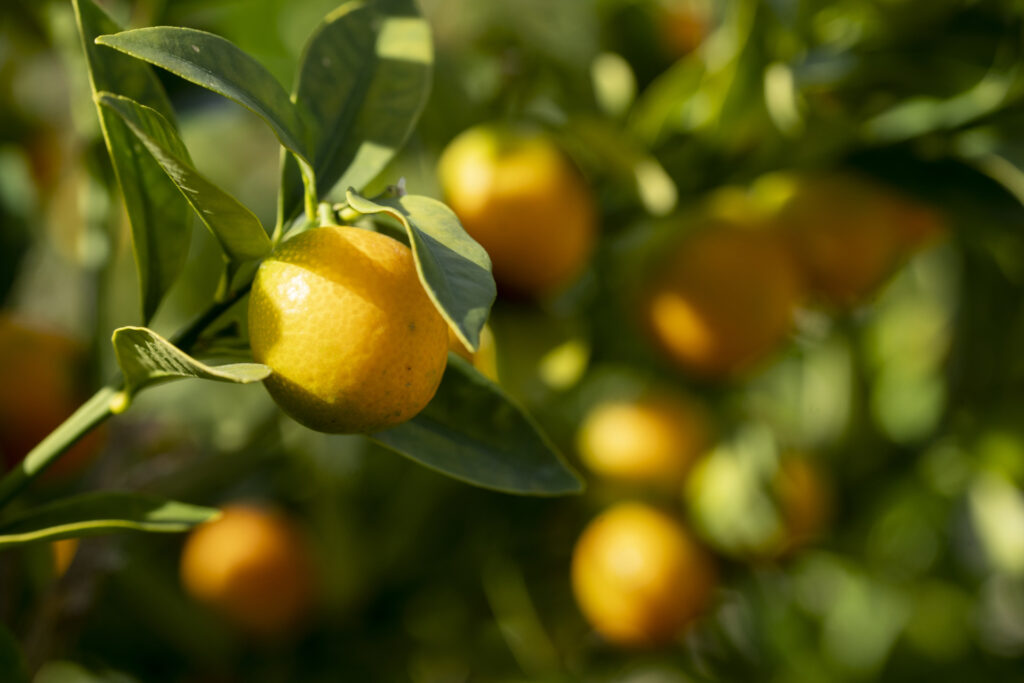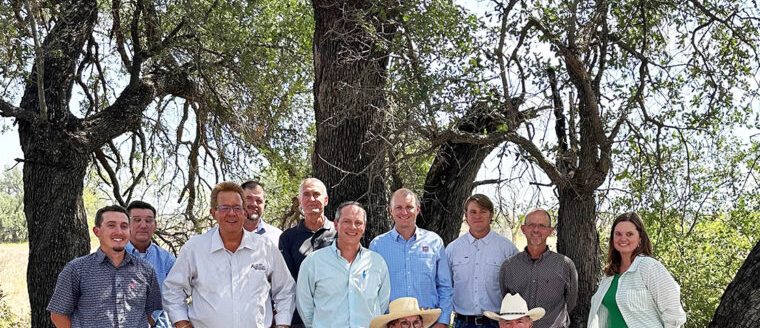Texas consumers will continue noticing a spike in orange and orange juice prices, according to a Texas A&M AgriLife Extension Service expert.
Supply decreases due to weather were the primary cause of higher prices. The drought this is only added on to the damage done by Hurricane Ian in September 2022. The U.S. Department of Agriculture estimated the storm caused losses of one-third of the crop. Also, orange production in Brazil dipped slightly this year due to drought.
Orange production had already been declining as demand waned over the past decade, said David Anderson, Ph.D., AgriLife Extension economist, Bryan-College Station. The additional production losses for two of the U.S. market’s major orange sources further tightened supplies.
Grocery stores and consumers around the nation have noticed a 3-pound bag of navel oranges is being sold this year for $4.46 compared to last year’s $4.05. Single oranges are priced around $1.11 compared to the previous year’s 89 cents.
“Consumption and production of oranges and orange juice has been declining since the 1980s,” Anderson said. “With supplies decreasing, we’ve seen prices increase.”
Impacts on orange production
Juan Anciso, Ph.D., AgriLife Extension horticulturist, Weslaco, said, “We are in a crossroads on production.”
Like most crops this year, drought affected 2023 orange yields and quality, Anciso said. Most Texas oranges are grown under irrigation systems pulling water from the Rio Grande River system.
“Both reservoirs that supply water to our producers are extremely low, and last week, two irrigation districts out of 26 have shut down irrigation supplies to growers due to low levels in the two reservoirs,” Anciso said.
Since most producers knew there was a high possibility for irrigation districts to cut access, they prepared for this season’s October and November crop by storing enough water to get through before the districts shut down. Still, the December and January crops will desperately need water.
“Texas consumers, be on the lookout from now until next April to purchase your Texas fruit,” said Anciso.




